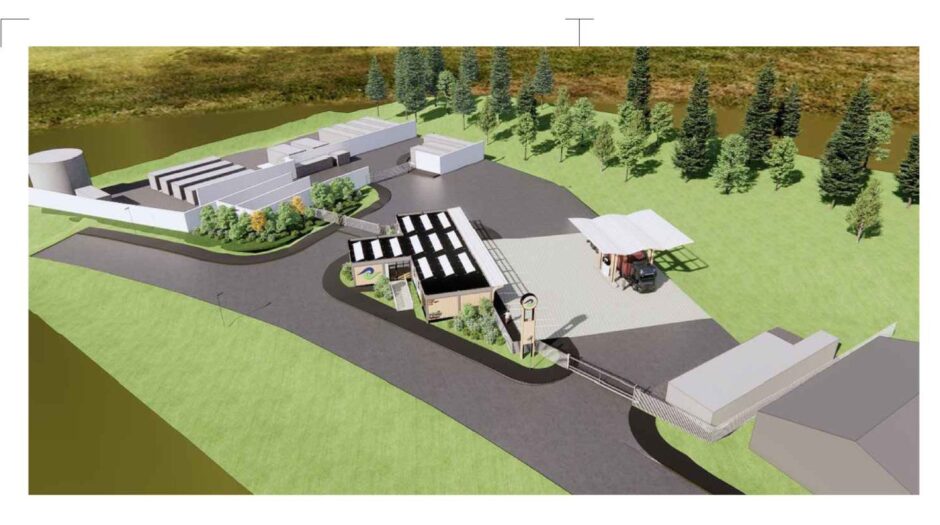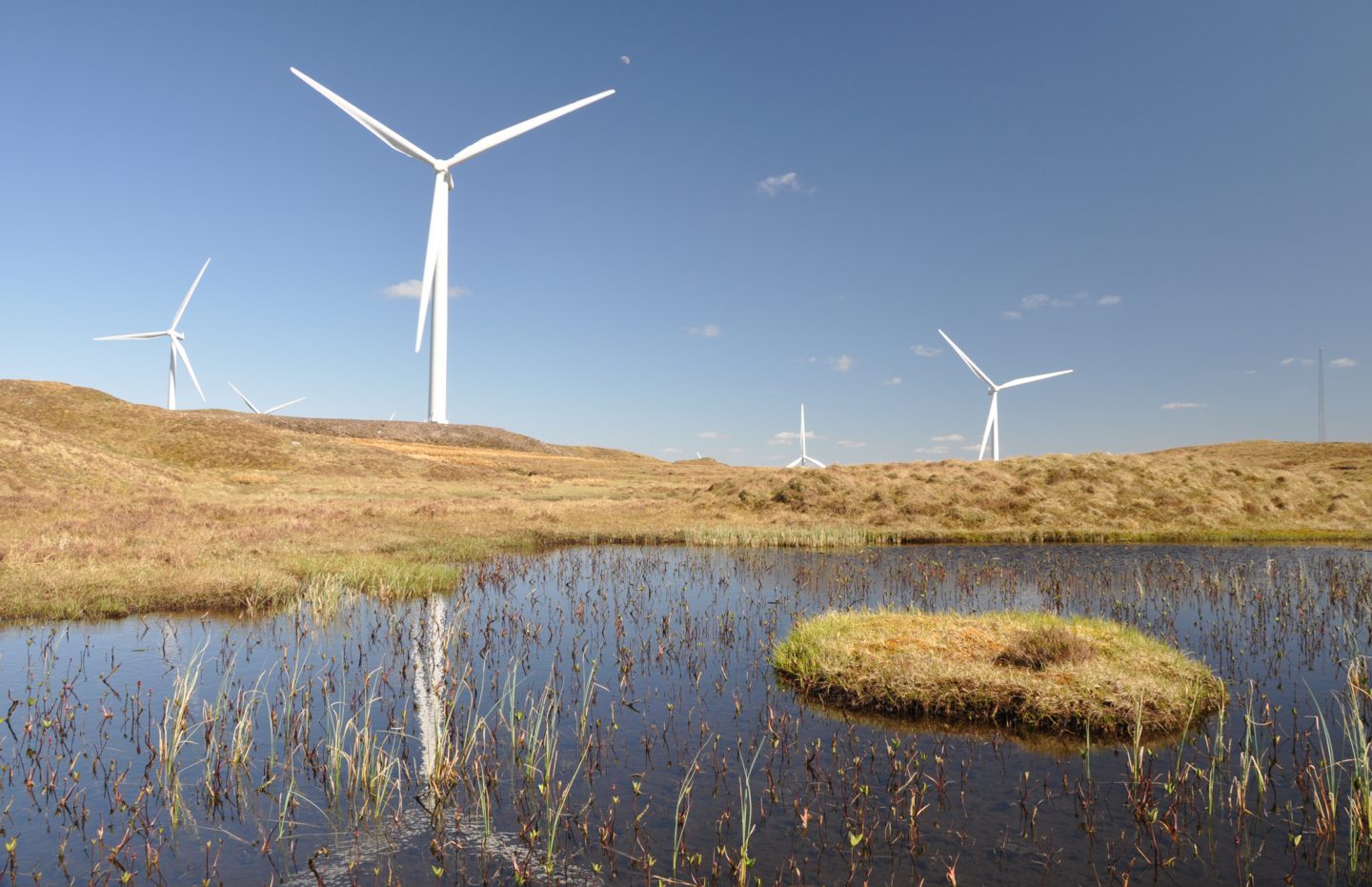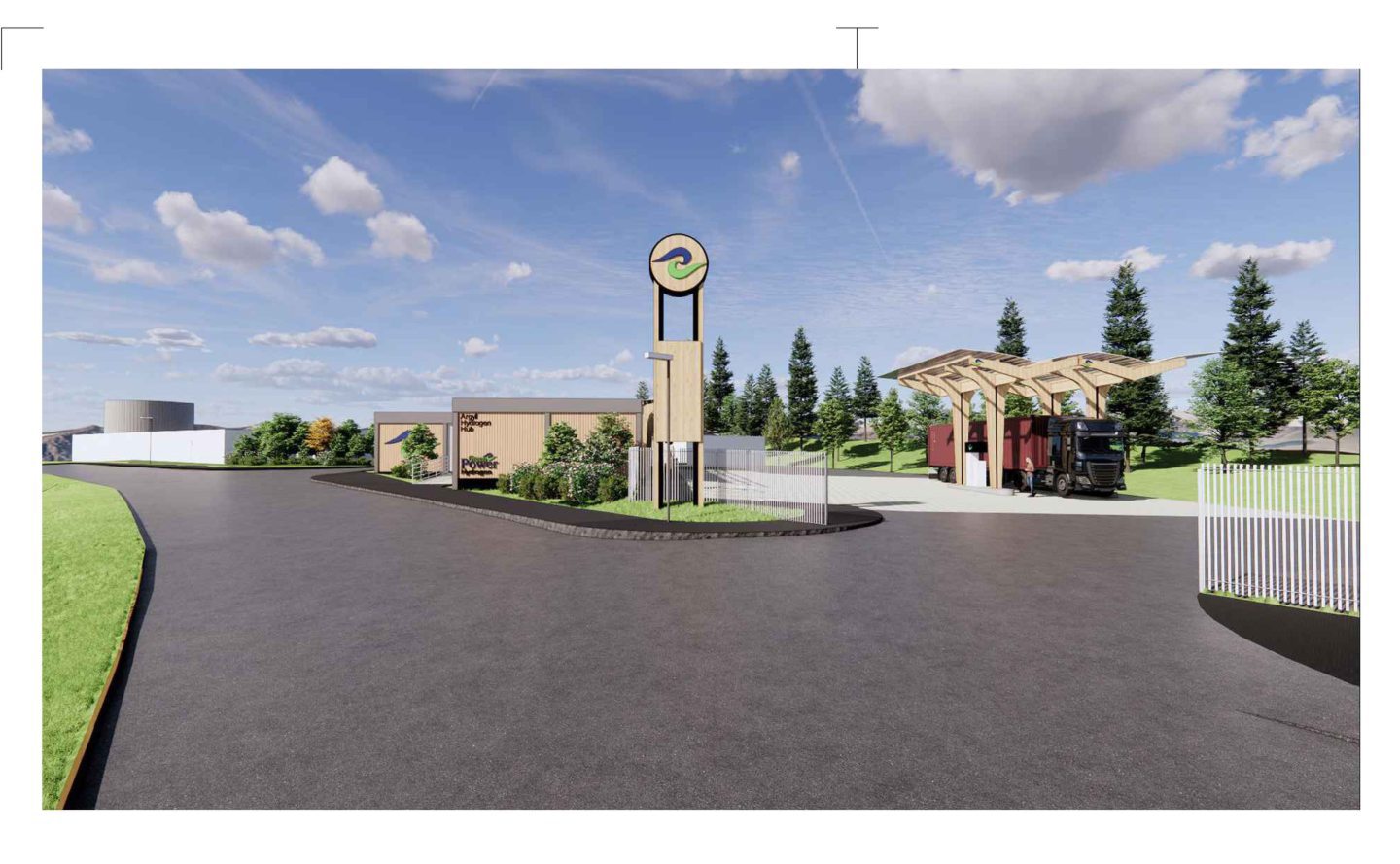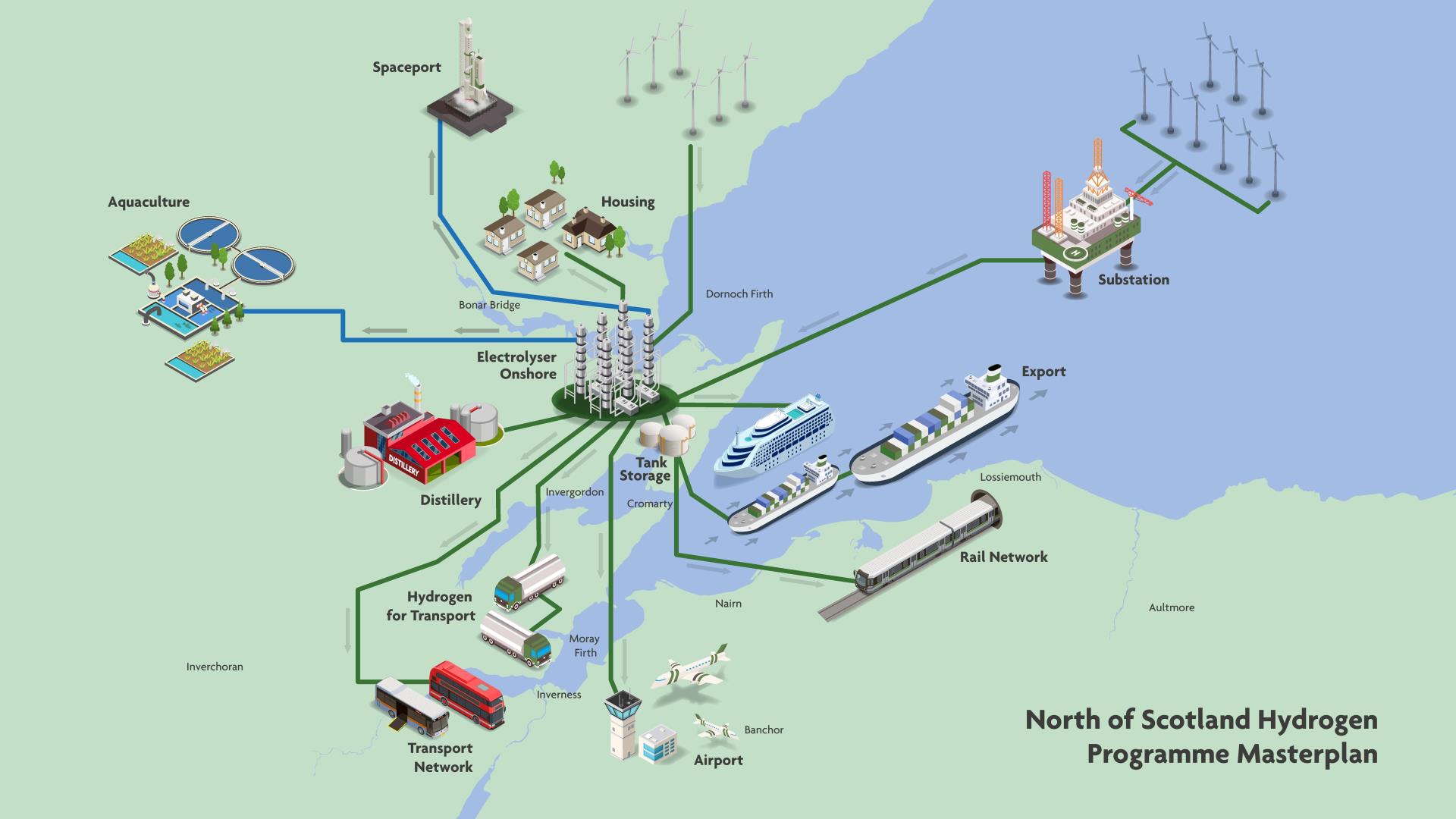
A plan to produce green hydrogen on the west coast of Scotland has received planning approval from Argyll and Bute Council.
Scotland-based energy company GreenPower is planning to produce 46MW of green hydrogen at its Argyll Hydrogen Hub, located at the Glenshellach Industrial estate in Oban, Argyll and Bute.
The proposed site is close to GreenPower’s 46MW Carraig Gheal wind farm, and the company said it aims to supply hydrogen using renewable energy powered electrolysers.
GreenPower is aiming to supply hydrogen for ferries, HGVs, buses, trains and other industrial processes in the region to transition away from fossil fuels.
The company said it is also actively considering the potential for hydrogen production at its other energy projects, including the proposed Barrachander wind farm.
Putting Oban on the ‘green hydrogen map’
GreenPower director of green hydrogen Paul Minto said the planning approval will put Oban and the wider region “on the UK green hydrogen map”.
“Green hydrogen is an important zero-carbon fuel that can help meet climate obligations while delivering sustainable fuel for a wide range of purposes,” Mr Minto said.
“In Argyll there are several sectors currently dependent on fossil fuels where fuel-switching could radically reduce carbon emissions, and where jobs can be created through local production and use of green hydrogen.”
Mr Minto said GreenPower expects begin production at the Argyll site by the end of 2025, with the company currently exploring potential industrial offtakers.
“There is significant potential to decarbonise the transport sector including buses and coaches, HGVs serving distilleries, fish farms, forestry operations, refuse collection vehicles, and with a longer-term opportunity to fuel ferries, planes and trains,” he said.
“Green hydrogen could also replace carbon-intensive fuels such as heating oil and LNG used in hospitals, leisure centres, care homes and industrial operations.”
GreenPower chief executive officer Rob Forrest said the approval will lead to more “clean, green jobs and more economic development” in the region.
“Argyll has all the ingredients for the creation of a clean, environmentally responsible, local energy system based on green hydrogen,” Mr Forrest said.
“This marks the beginning of significant growth and Argyll could become a green hydrogen hub for export to the rest of the country.”
Scotland green hydrogen production
According to Scottish Development International, the potential market for renewable hydrogen production in Scotland is estimated to be 126 terawatt hours (TWh).
The Scottish Government has set a target to produce up to 25GW of renewable or low carbon hydrogen by 2025.
Last year, the Scottish Government announced a £7 million investment in 32 renewable hydrogen projects across the country.
The UK government also announced £2 billion in government funding for 11 major electrolytic hydrogen projects, including two projects based in Scotland.
Other green hydrogen projects taking shape in Scotland include a project exploring the use of hydrogen to power aircraft at airports in Aberdeen and Glasgow.
Several green hydrogen projects centred on decarbonising the Scottish whisky industry, including projects at distilleries in Ardmore and Glenrothes.
Meanwhile, researchers at Heriot-Watt University in Edinburgh have also developed a method of turning the sector’s wastewater into green hydrogen.
But the largest green hydrogen project is centred on Kintore, with Statera Energy’s “world scale” plans for a 3GW facility placing the Aberdeenshire town in the same league as Saudi Arabia’s Neom and the Port of Rotterdam.

 © Supplied by GreenPower Internati
© Supplied by GreenPower Internati © Supplied by GreenPower Internati
© Supplied by GreenPower Internati © Supplied by Storegga/Scottish Po
© Supplied by Storegga/Scottish Po